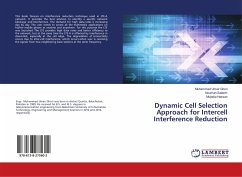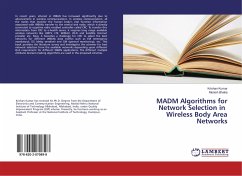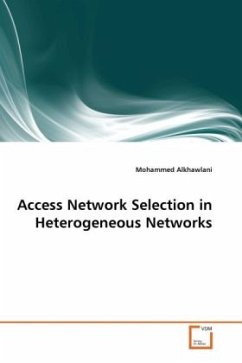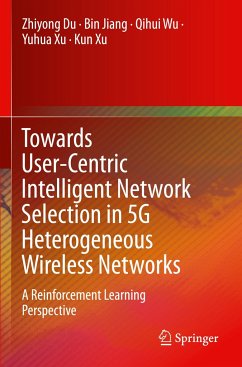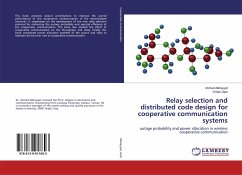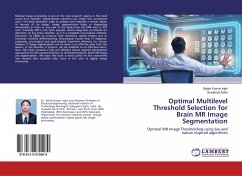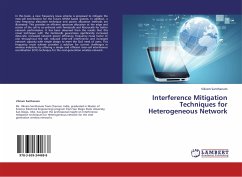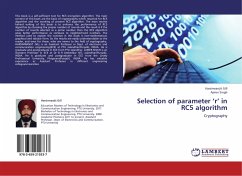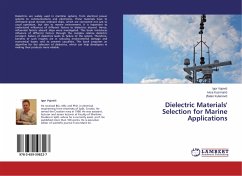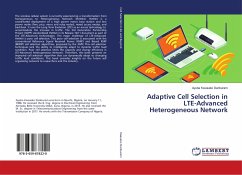
Adaptive Cell Selection in LTE-Advanced Heterogeneous Network
Versandkostenfrei!
Versandfertig in 6-10 Tagen
33,99 €
inkl. MwSt.

PAYBACK Punkte
17 °P sammeln!
The wireless cellular system is currently experiencing a transformation from homogeneous to Heterogeneous Network (HetNet). HetNet is a coordinated deployment of a high power macro base station and low power nodes (fem, pico, micro and relay nodes), mixed access modes, and backhaul. It uses the Long Term Evolution (LTE) as an access technology to accommodate the increase in traffic. The 3rd Generation Partnership Project (3GPP) standardized HetNet in its Release 10/11 document as part of the LTE-Advanced technologies. The major challenge of LTE-Advanced HetNet is poor cell selection. This poor...
The wireless cellular system is currently experiencing a transformation from homogeneous to Heterogeneous Network (HetNet). HetNet is a coordinated deployment of a high power macro base station and low power nodes (fem, pico, micro and relay nodes), mixed access modes, and backhaul. It uses the Long Term Evolution (LTE) as an access technology to accommodate the increase in traffic. The 3rd Generation Partnership Project (3GPP) standardized HetNet in its Release 10/11 document as part of the LTE-Advanced technologies. The major challenge of LTE-Advanced HetNet is poor cell selection. This poor cell selection is associated with the conventional Reference Signal Received Power (RSRP) and Biased RSRP (BRSRP) cell selection algorithms, proposed by the 3GPP. This cell selection techniques lack the ability to intelligently adapt to dynamic traffic load condition. Poor cell selection limits the capacity and energy efficiency in LTE-Advanced heterogeneous Network. Therefore, this book presents an improved cell selection algorithm that can dynamically adapt to changing traffic load conditions. This book provides insights on the future self organizing network to researchers and the industry.



